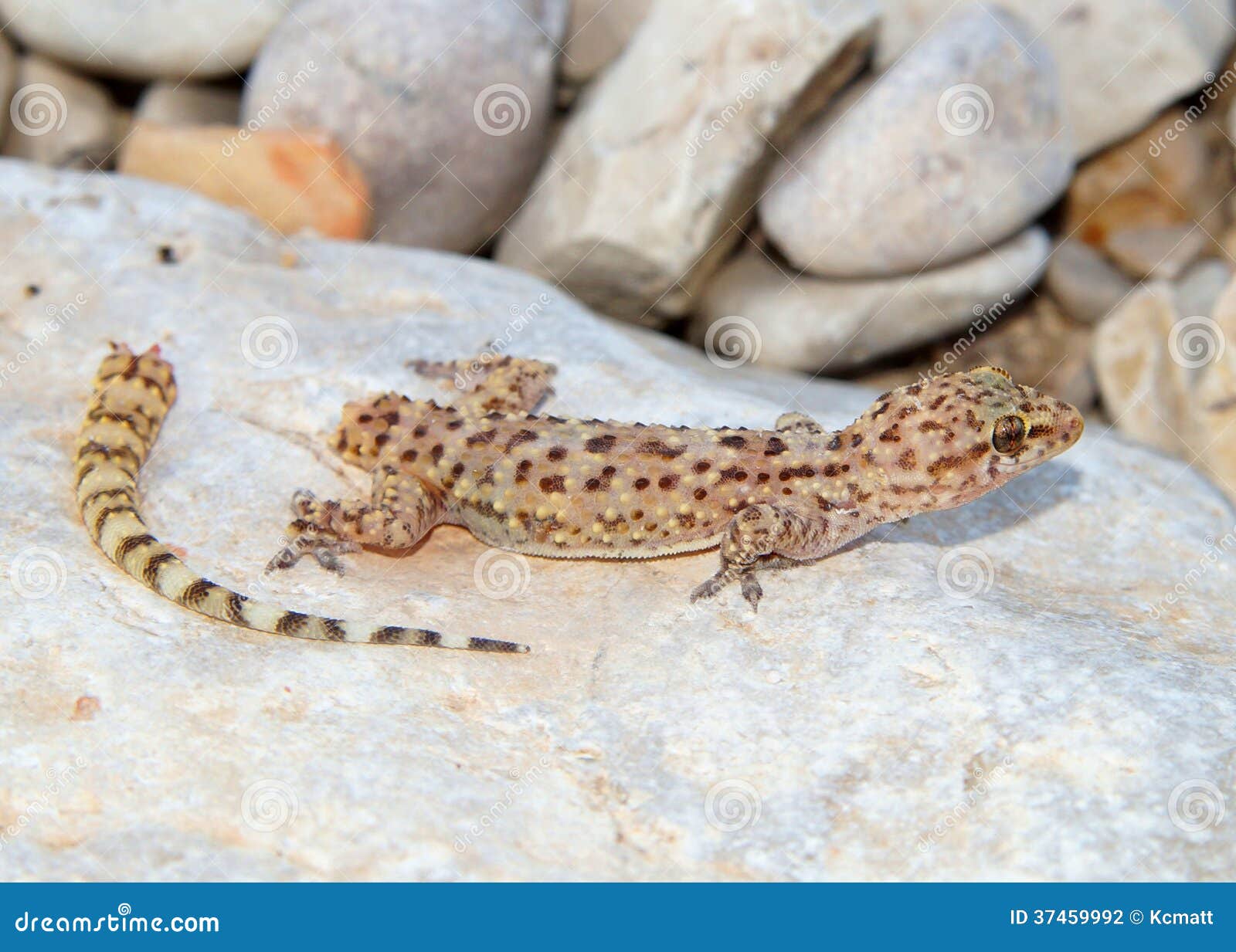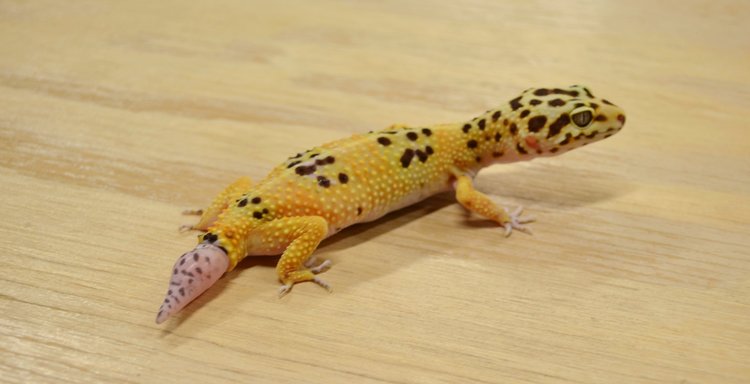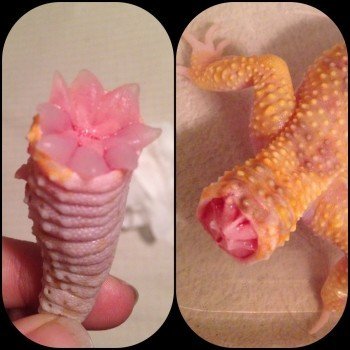Geckos may lose their tails as a defense mechanism, but it is not a painful experience for them. When a gecko feels threatened, it will drop its tail as a distraction while it escapes.
It is important to switch the substrate to paper towels after tail loss to prevent infections. This wounded area should be kept clean by changing the paper towels regularly. Additionally, isolating a gecko that has lost its tail from other geckos is recommended.
:strip_icc()/giant-cave-gecko-pseudothecadactylus-lindneri-with-regenerated-tail-el-sharana-northern-territory-australia-166348819-57fff60a3df78cbc289600b1.jpg)
Causes Of Tail Loss In Geckos
Geckos are fascinating creatures known for their ability to regenerate their tails. However, tail loss in geckos is a common occurrence and can happen for several reasons. Understanding the causes behind tail loss can help pet owners provide the necessary care and create a safe environment for their geckos.
Defensive Mechanism
When it comes to tail loss in geckos, one of the primary causes is their defensive mechanism. When a gecko feels threatened or is grabbed by the tail, it has the unique ability to detach its tail as a means of escape. The tail continues to wiggle on the ground, acting as a distraction from the threat while the gecko makes its getaway. This fascinating defense mechanism allows geckos to protect themselves from potential predators.
Threatening Situations
In addition to being a defense mechanism, tail loss can also occur in geckos due to threatening situations. When geckos find themselves in stressful or dangerous situations, such as being cornered, they may voluntarily drop their tails to increase their chances of survival. This instinctive behavior helps them break free and avoid being captured or injured. It is important for gecko owners to create a safe and calm environment to minimize the occurrence of these threatening situations.

Effects Of Tail Loss In Geckos
When it comes to geckos, tail loss is a common phenomenon that occurs in threatening situations. Geckos have the ability to voluntarily detach their tail as a defense mechanism, allowing them to escape from predators. While tail loss is a remarkable self-preservation mechanism, it does have various effects on geckos.
Physical Consequences
After a gecko loses its tail, it experiences several physical consequences. First and foremost, the loss of the tail affects the gecko’s balance and agility. The tail serves as a vital stabilizer, aiding in movement and coordination. Without a tail, geckos may find it more challenging to navigate their environment and maintain their usual level of dexterity.
In addition to the impact on balance, tail loss can also affect the gecko’s ability to store and regulate fat reserves. The tail is a primary site for fat storage in geckos, and its absence may lead to a decrease in overall body condition and energy reserves. The gecko’s ability to survive and thrive may be compromised as a result.
Furthermore, tail loss can expose geckos to potential infection risks. The wound left behind after tail detachment must heal properly to prevent infections. Geckos that are unable to keep the wound clean and free from debris may develop infections, which can then lead to more serious health complications. It is crucial for gecko owners to provide proper care and maintain cleanliness during the regeneration process.
Regeneration Process
Unlike other animals, geckos have the incredible ability to regenerate their lost tails. This regeneration process, known as autotomy, enables geckos to regrow a new tail over time. However, it is important to note that the regenerated tail may differ in appearance from the original tail. The new tail may have a different coloration, texture, or shape, which is a unique characteristic of gecko tail regeneration.
The regeneration process typically starts with the formation of a temporary structure called a “tail bud.” This bud contains cells that rapidly divide and differentiate to form the various tissues and structures necessary for tail regrowth. Over time, the regenerating tail grows longer and gradually resembles the original tail in both form and function.
It is important to provide an optimum environment for geckos during the regeneration process to support healthy tail regrowth. This includes providing a clean and stress-free habitat, a balanced diet rich in essential nutrients, and regular monitoring of the healing progress. With proper care and patience, geckos can fully regenerate their tails, restoring their balance, agility, and overall physical well-being.
Care And Treatment For Geckos With Lost Tails
When a gecko loses its tail, it is important to provide appropriate care to ensure proper healing and prevent infections. One key aspect of care is the choice of substrate and maintaining hygiene in the habitat. Using paper towels instead of bedding can help keep the wounded area clean. Loose bedding may enter the body where the tail was attached, leading to potential infections. Regularly changing the paper towels will ensure cleanliness and minimize the risk of complications.
After a gecko loses its tail, it may undergo stress and require some isolation to aid in the healing process. Placing the gecko in a separate enclosure or providing a secluded hiding spot within the main enclosure will help reduce stress levels. It is important to monitor the gecko closely during this time to observe any signs of infection or further complications. Regularly inspecting the wounded area for redness, swelling, or discharge is crucial to detecting and addressing potential issues early on.
Proper care and treatment for geckos with lost tails include using suitable substrates, such as paper towels, to maintain cleanliness and reduce the risk of infection. Additionally, isolating the gecko and closely monitoring its condition to ensure prompt intervention if any complications arise is essential. By following these guidelines, gecko owners can help their reptile friends heal and thrive after tail loss.

Frequently Asked Questions For Tail Loss In Geckos
What To Do If Your Gecko Loses Its Tail?
If your gecko loses its tail, use paper towels instead of bedding to keep the area clean and prevent infections. Change the paper towels regularly. Isolate the gecko from other geckos to avoid stress. Losing a tail doesn’t cause pain to geckos, as it is a defense mechanism.
Is It Painful For A Gecko To Lose Its Tail?
No, it is not painful for a gecko to lose its tail. When a gecko feels threatened, it will drop its tail as a defense mechanism, but it does not feel any pain in the process. It is a natural adaptation that allows geckos to escape from predators.
Why Is My Geckos Tail Thinning?
Geckos may experience tail thinning due to Cryptosporidiosis, a common condition in which the tail fat disappears, leaving behind a thin boney tail. This can be fatal if left untreated. Gecko tails are detachable and regenerative, so they can lose their tails multiple times.
It is important to provide proper care, such as using paper towels instead of bedding and isolating the gecko if its tail drops.
How Many Times Can A Gecko Lose Its Tail?
Geckos can lose their tail multiple times as their tail is detachable and regenerative. After the third time, however, the tail will not regrow. This adaptation helps geckos escape from predators.
Conclusion
In the event that your gecko loses its tail, there are a few important steps to take. Switching the substrate to paper towels and changing them often will help keep the wounded area clean and prevent infections. Isolating the gecko from other geckos is also recommended to ensure its safety and to allow for a stress-free healing process.
Remember, the gecko doesn’t feel pain when it loses its tail, as it is a defense mechanism. By following these guidelines, you can assist your gecko in regrowing its tail and maintaining its overall health.


